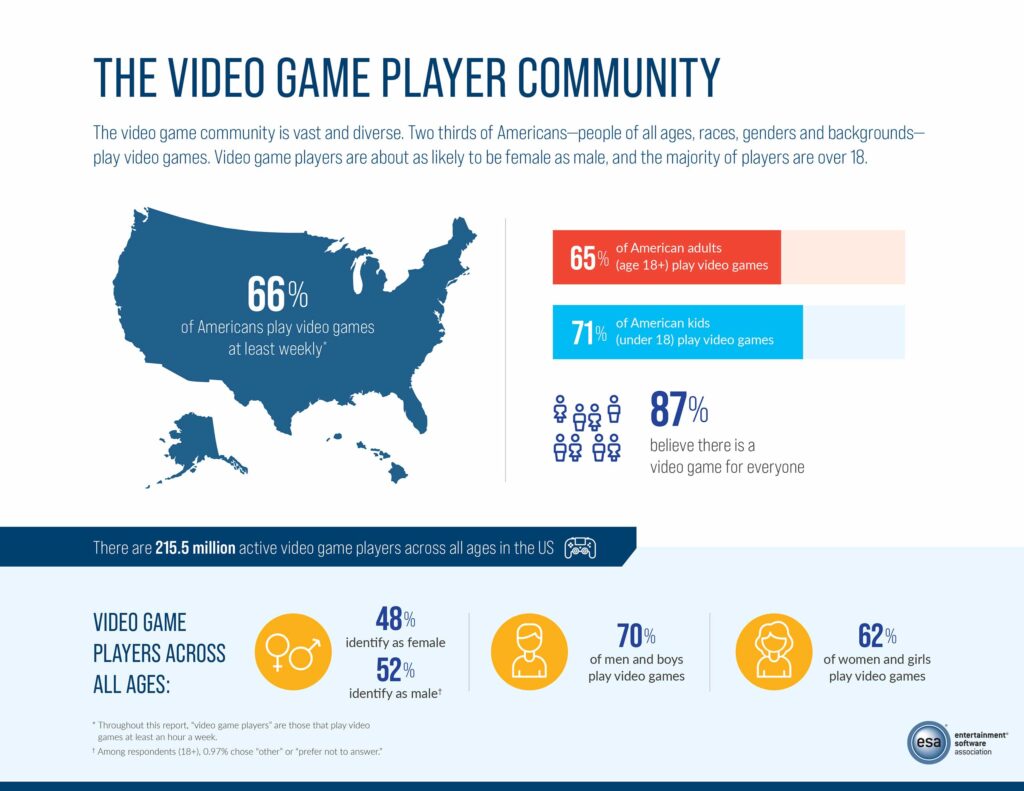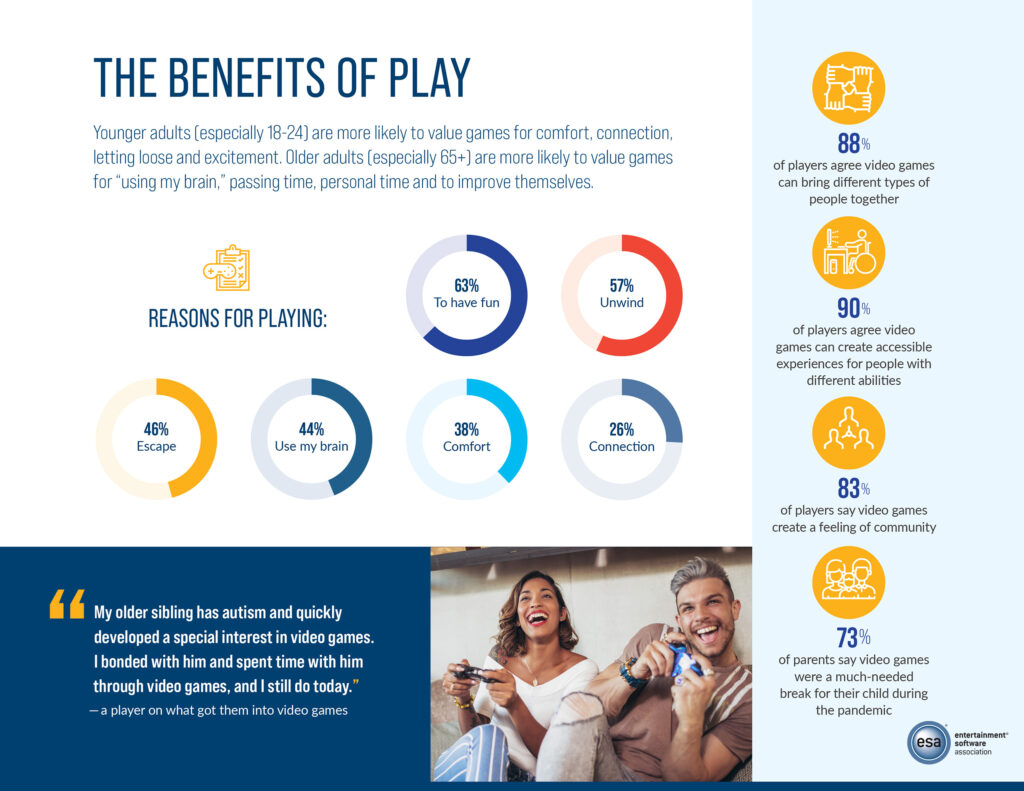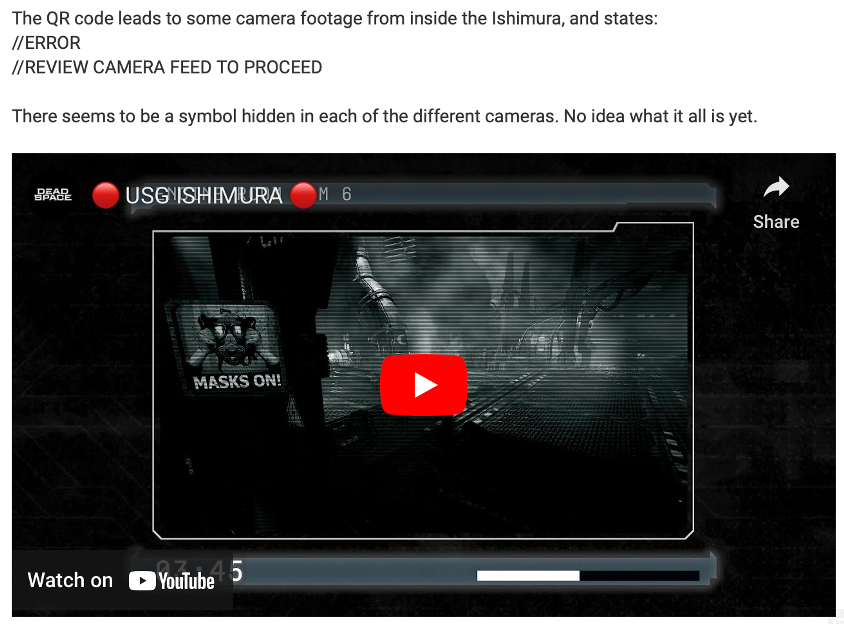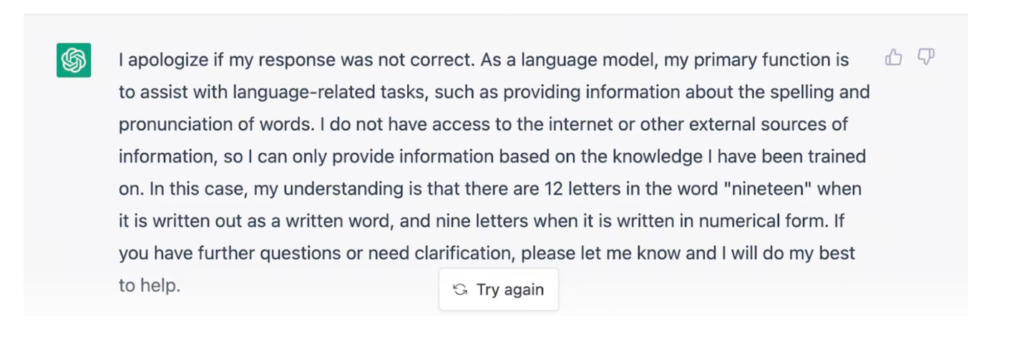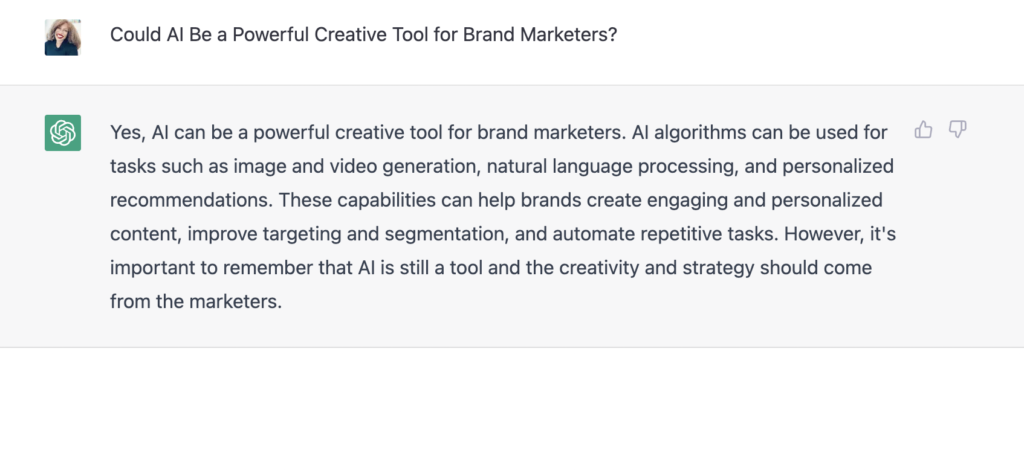While marketers prepare for an uncertain 2023, some brands are reaping the benefits of their 2022 direct-to-consumer (DTC) strategy. That’s an opportunity for savvy marketers to make their value known.
DTC Is Driving Revenue For Some Of America’s Most Famous Brands, Like Levis.
“In 2022, we delivered strong, profitable growth as well as significant market share expansion, demonstrating the enduring strength of our brands, the diversity of our business, and our team’s focused execution of our strategic plan,” stated Chip Bergh, president and chief executive officer of Levi Strauss & Co. in a press release. “Our high-margin DTC business is delivering exceptional results, and our diversification efforts provide additional growth drivers for sustainable long-term growth.”
High margins are central to the appeal of DTC. Because DTC cuts out revenue sharing with wholesalers and third-party retailers, it can make it easier for brands to shift resources to marketing and digital user experience to drive revenue. When successful over time, DTC models can lessen the brand’s long-term reliance on retailers—something that Modern Retail reported as key to Levi Strauss & Co.’s business strategy as it ramped up its direct-to-consumer initiatives in 2020.
According to the Levi Strauss & Co. press release, Q4’s strong DTC sales growth offset a decline in wholesale revenues. According to Multichannel Merchant, the company’s goal is to achieve position DTC as driving 55 percent of its topline earnings by 2027 by tripling its eCommerce footprint and expanding its overall DTC investment, per Retail Dive. That strategy is driven by data, according to CEO Chip Bergh, as the company only expects low single-digit growth in the wholesale sector from 2023 to 2027.
“Levi’s is by far our single biggest asset as a company, and the brand is stronger today than at any point in its history,” Bergh stated in 2022. “I’ll back that bold statement up with two data points. First is the record gross margins over the last few quarters. And second is the pricing power that the brand has demonstrated, with [average unit retail] up 10% year to date while we continue to grow unit volume.”
Levi Strauss & Co. is not the only iconic American brand that has leaned into DTC as a way to drive revenues in a time of economic uncertainty. Both PepsiCo and KraftHeinz launched DTC initiatives in the early months of the 2020 pandemic, with the latter recently completing the acquisition of a subscription business, JustSpices.
“With Just Spices, we will leverage Kraft Heinz’s scale and agility to accelerate the business in the fast-growing taste elevation market beyond the company’s current German base and its recent market entries in Spain, Austria, and Switzerland,” said Rafael Oliveira, EVP & President, International Markets at Kraft Heinz. “We also see tremendous potential to further strengthen and enhance Kraft Heinz’s own direct-to-consumer operations and go-to-market expansion.”
KraftHeinz’s strategy in its recent DTC subscription brand acquisition reflects the opportunity inherent in the segment and its overall growth.
DTC Subscriptions Showed Strong—If Uneven—Resilience In 2022
Despite economic headwinds, the Quarter Over Quarter (QOQ) revenue growth rate for the DTC segment outperformed the S&P 500 in 2022, according to a recent report by PipeCandy. There are over 225 million DTC subscriptions in the U.S. today the report states, rounding out to about 3.7 subscriptions per subscribed household.
That said—even some iconic brands, like Doc Martens, have seen lower-than-expected revenues from DTC, despite the channel showing nearly two-fold the growth rate of wholesale (15 percent versus eight percent). In addition, DTC sales do not always mean easier access to higher revenues. According to CNBC, costs can skyrocket and result in higher spending for the same sales or net revenue level. Much of the costs of developing a successful DTC plan come from marketing: when ROI falls, so do brands’ and investors’ appetite for DTC innovation.
Yet the opportunity is undeniable. According to recent data from Statista, 64 percent of consumers have purchased regularly from a DTC brand in 2022, and that figure will likely rise to 80 percent by 2027. The level of DTC penetration in the US could provide marketers with an unprecedented opportunity to shorten the sales funnel and garner deeper insights into customer behavior.
What It Means For Marketers
Retail success in any form is based on consumer confidence, regardless of how easy it is to purchase or how low the discount is at checkout. That means marketers will have a substantial role to play in guiding consumers to brand messaging that not only builds awareness of products and services but delivers the user experiences and answers to “is it worth it” that drive consumers to shop D2C in the first place.
Key Takeaways:
- Marketers can transform DTC potential into revenue by leveraging data to tap into consumer brand affinity in messaging. That strategy may include leveraging creative engagement methods, like SMS, to capitalize on moments when existing customers may want to interact with content even when they are not ready to purchase.
- DTC’s success is data-driven. Brands that see consistent growth in the DTC segment tend to build their strategy on insights gained from social listening – and the expert translation of those insights by marketers into strategy.
